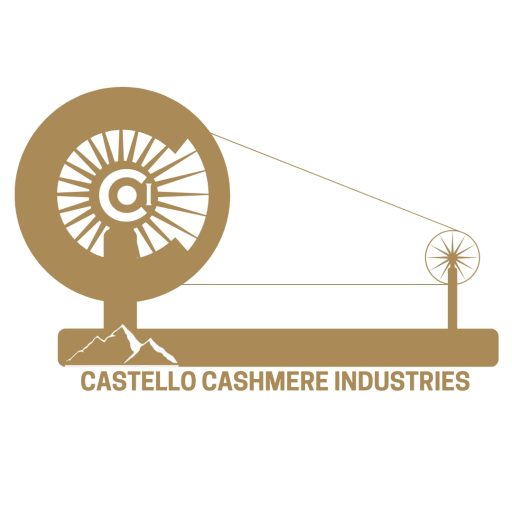Introduction
Knitting and tie-dye are two textile techniques known for their natural flexibility and creativity. They make fabrics comfortable, stylish, and unique. When combined with natural dyes, they become even more eco-friendly. These traditional methods have been practiced for centuries and continue to be popular due to their artistic and sustainable appeal. This article explains the flexible nature of knitting and tie-dye, the benefits of using vegetable-based dyes, a SWOT analysis, and their key features.
Knitting Products: Naturally Flexible
Knitting is a method of making fabric by looping yarn together. This process creates soft, stretchable, and warm materials, perfect for clothing and accessories. Unlike woven fabrics, knitted fabrics have a natural elasticity, making them adaptable to various body shapes and movements.
Why is Knitting Flexible?
- Stretchy and Comfortable – Knitted fabrics have a natural give, making them ideal for garments that require flexibility and ease of movement.
- Soft and Breathable – The gaps between the loops allow air to circulate, making knitted fabrics comfortable and suitable for all seasons.
- Warm and Cozy – Knitting techniques create insulating layers that trap heat, making them perfect for winter wear.
- Customizable – The variety of yarns, stitch patterns, and techniques available allows for endless design possibilities, making each knitted piece unique.
- Durable and Repairable – Unlike woven fabrics that may tear, knitted fabrics can be repaired easily by re-looping the yarn, extending the lifespan of the product.
Tie-Dye: Creative and Free
Tie-dye is a fabric coloring technique where fabric is twisted, tied, or folded before dyeing. This creates colorful and unique patterns, making every piece one-of-a-kind. Tie-dye has been used in different cultures for centuries, including traditional methods.
Why is Tie-Dye Flexible?
- Each Design is Unique – No two tie-dye pieces are the same, allowing for artistic expression and individuality.
- Works on Many Fabrics – Natural fabrics like cotton, silk, and wool absorb dyes well, making tie-dye versatile across different textiles.
- Eco-Friendly Option – Using natural dyes derived from plants and minerals reduces environmental pollution.
- Part of Many Cultures – Tie-dye has deep cultural significance and is often used in festivals, ceremonies, and fashion.
- Easy to DIY – The simple process of folding, tying, and dyeing allows anyone to create their own custom tie-dye designs at home.
Vegetable/Natural Dye: Eco-Friendly Colors
Natural dyes come from plants, flowers, roots, and minerals, making them a sustainable and safe alternative to synthetic dyes. These dyes not only offer beautiful, earthy tones but also contribute to the preservation of traditional dyeing techniques.
Examples of Natural Dyes
- Indigo (Blue) – Extracted from the indigo plant, creating deep blue shades.
- Turmeric (Yellow) – A bright, golden-yellow dye made from turmeric roots.
- Madder Root (Red) – Produces a range of red and pink hues.
- Pomegranate Peel (Brown) – Creates earthy, muted brown shades.
- Tea & Coffee (Light Brown) – Provides warm, natural beige and brown tones.
- Hibiscus Flowers (Purple) – Used to create deep purple or lavender shades.
- Onion Skins (Orange) – Produces rich orange and golden tones.
SWOT Analysis of Knitting and Tie-Dye
| Factor | Knitting | Tie-Dye |
| Strengths | Soft, stretchy, warm, unique patterns, durable | Bright colors, creative, eco-friendly, easy DIY |
| Weaknesses | Takes time to make, needs skill, can lose shape if not maintained | Colors may fade over time, process can be messy, requires fabric preparation |
| Opportunities | Increasing demand for sustainable and handmade products | Growing interest in eco-friendly fashion and DIY culture |
| Threats | Competition from machine-made fabrics, availability of synthetic alternatives | Synthetic dyes and machine-printed designs may replace traditional tie-dye |
Key Features of Knitting and Tie-Dye
- Handmade and Unique – Each item carries a personal touch, making it special and one-of-a-kind.
- Eco-Friendly Choice – Using natural fibers and plant-based dyes reduces environmental impact.
- Soft and Comfortable – Knitted fabrics adapt to the body’s movements, providing unmatched comfort.

